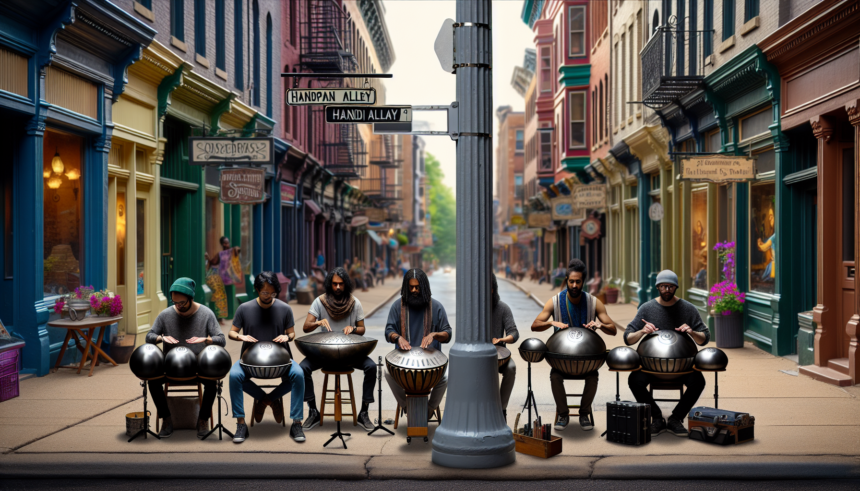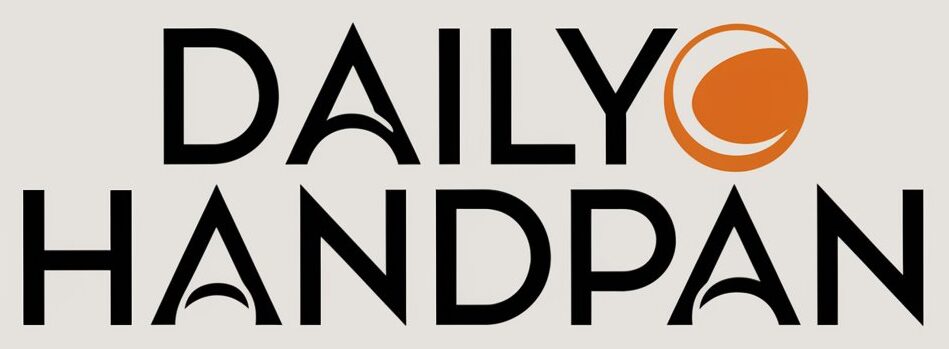<!DOCTYPE html>
<html lang="en">
<head>
<meta charset="UTF-8">
<meta name="viewport" content="width=device-width, initial-scale=1.0">
<title>Behind the Beats: The Culture of Handpan Alley Gathering</title>
<style>
body {
font-family: Arial, sans-serif;
line-height: 1.6;
margin: 20px;
color: #333;
}
h1, h2 {
color: #2C3E50;
}
h2 {
margin-top: 30px;
}
ul {
list-style-type: none;
padding: 0;
}
ul li {
background: #f4f4f4;
margin: 5px 0;
padding: 10px;
border-radius: 5px;
}
</style>
</head>
<body>
<h1>Behind the Beats: The Culture of Handpan Alley Gathering</h1>
<p>The handpan, a relatively new musical instrument, has captivated musicians and enthusiasts alike with its ethereal and melodious sounds. This musical art piece, which emerged in the early 2000s, has become a global phenomenon, leading to the birth and growth of unique handpan communities. Among these, Handpan Alley Gatherings have emerged as cultural hotspots for sharing knowledge, music, and a shared passion for the instrument.</p>
<p>These gatherings, beyond showcasing prowess and skill, embody a spirit of camaraderie, collaboration, and mutual respect. To the uninitiated, the experience might seem like a casual jam session, but to those immersed within the culture, it's a profound connection to history, artistry, and shared human experiences.</p>
<h2>The Origin and Evolution of the Handpan</h2>
<p>To appreciate the essence of Handpan Alley Gatherings, it's essential to delve into the origins of the handpan itself. Originating from the steelpan family, the handpan was developed inspired by instruments like the 'Hang' from Switzerland. The handpan’s design is reminiscent of a UFO with its convex surface, and it's played using the hands to produce a spectrum of rich, resonant tones.</p>
<p>As the handpan gained popularity across the globe, musicians began seeking out others who shared their passion. The internet facilitated these connections, igniting discussions and curiosity that eventually translated into real-world meetups. These collaborations evolved into organized gatherings in alleys and other semi-controlled environments, giving birth to what's now known as Handpan Alley Gatherings.</p>
<h2>Components of a Handpan Gathering</h2>
<p>At its core, a Handpan Alley Gathering is a convergence of musicians of varying skill levels, coming together to share in the art of handpan music. Here's what typically takes place:</p>
<ul>
<li><strong>Jam Sessions:</strong> These are the heartbeat of the gathering, where musicians improvise and play off each other's rhythms. Jam sessions seamlessly blend different playing styles and approaches to create unique and spontaneous musical pieces.</li>
<li><strong>Workshops:</strong> Often, more seasoned players host workshops where they share techniques, tips, and insights about handpan playing. These sessions serve as a platform for skill-building and encouragement, especially for beginners.</li>
<li><strong>Storytelling:</strong> Gatherings often serve as a historical archive, with musicians sharing tales of their first encounters with the handpan and its influence on their lives. These stories forge deeper connections among participants, creating a community bound by more than just music.</li>
<li><strong>Vendor Booths:</strong> Many gatherings include vendors selling handcrafted handpans and related accessories. This not only supports artisans but also allows enthusiasts to explore new sounds and instruments.</li>
</ul>
<h2>The Cultural Significance</h2>
<p>Handpan Alley Gatherings aren't merely about music; they're about culture and connection. Participants from diverse backgrounds converge, creating a melting pot of traditions and influences. This cultural exchange encourages global understanding and appreciation, transcending language barriers through the universal language of music.</p>
<p>The handpan itself symbolizes a bridge between ancestral sounds and modern innovation. It brings together elements from different cultures – the Caribbean steelpan, the Indian ghatam, and other percussive instruments, merging them into a cohesive new sound. Handpan gatherings echo this fusion, celebrating both the past and present.</p>
<h2>The Experience of Attending a Handpan Alley Gathering</h2>
<p>For attendees, the experience of a Handpan Alley Gathering is almost transformative. Surrounded by the ambient tones of handpans, one's senses are enveloped in serenity and creativity. The informal setting allows participants to feel free to experiment, to improvise without judgment, fostering a space of artistic freedom.</p>
<p>Many find these gatherings intellectually stimulating, as they learn different cultural stories and music theories that enrich their understanding of the instrument. The informal exchange of knowledge, coupled with hands-on practice, offers an unmatched educational experience.</p>
<h2>Community and Connection</h2>
<p>Central to Handpan Alley Gatherings is the idea of community. It's not uncommon for lifelong friendships to blossom from these events, with musicians keeping in touch far beyond the scope of the gathering. The shared love for the handpan binds attendees, transcending nationality, age, and background.</p>
<p>These events also serve as a networking opportunity, where musicians can explore collaborations and plans for future projects. The absence of competitive tension and presence of mutual respect enhance these connections, allowing genuine bonds to form.</p>
<h2>The Challenges Facing Handpan Gatherings</h2>
<p>
Despite the positivity surrounding these gatherings, they face several challenges. One issue is the availability and affordability of handpans. Since these instruments are handcrafted, they are often expensive and hard to find, particularly for newcomers.
Another challenge is maintaining the informal, welcoming atmosphere as the events grow in size. Larger gatherings can sometimes lose the personal touch that smaller groups cherish, particularly if commercialization overshadows the original intent.
</p>
<h2>Conclusion</h2>
<p>In essence, Handpan Alley Gatherings are more than just musical meetings – they are vibrant cultural phenomena that embody the spirit of community, unity, and creativity. These gatherings not only provide a platform for skill enhancement but also foster a deep sense of belonging among participants. As they continue to grow in popularity, preserving their essence and accessibility will be crucial, ensuring that the handpan remains a beacon of harmony and connection across the world.</p>
<h2>FAQs</h2>
<ul>
<li>
<strong>Q1: What is a handpan?</strong><br>
The handpan is a melodic percussion instrument, shaped like an inverted steel drum, which produces harmonic, resonant tones when struck with the hands.
</li>
<li>
<strong>Q2: How did Handpan Alley Gatherings start?</strong><br>
They began as informal meetups among handpan enthusiasts who initially connected online, aiming to share music, techniques, and experiences in real-world settings.
</li>
<li>
<strong>Q3: What should a newcomer expect at a handpan gathering?</strong><br>
Newcomers can expect a welcoming atmosphere with jam sessions, educational workshops, and opportunities to meet others passionate about the handpan.
</li>
<li>
<strong>Q4: Are handpans expensive?</strong><br>
Yes, handpans are generally expensive due to their handcrafted nature and limited production, with prices often ranging from several hundred to several thousand dollars.
</li>
<li>
<strong>Q5: How can someone participate in a Handpan Alley Gathering?</strong><br>
To participate, interested individuals can search for local or regional events online, join handpan communities on social media, or reach out to local musicians who might know of upcoming gatherings.
</li>
</ul>
</body>
</html>Behind the Beats: The Culture of Handpan Alley Gathering

Leave a comment




